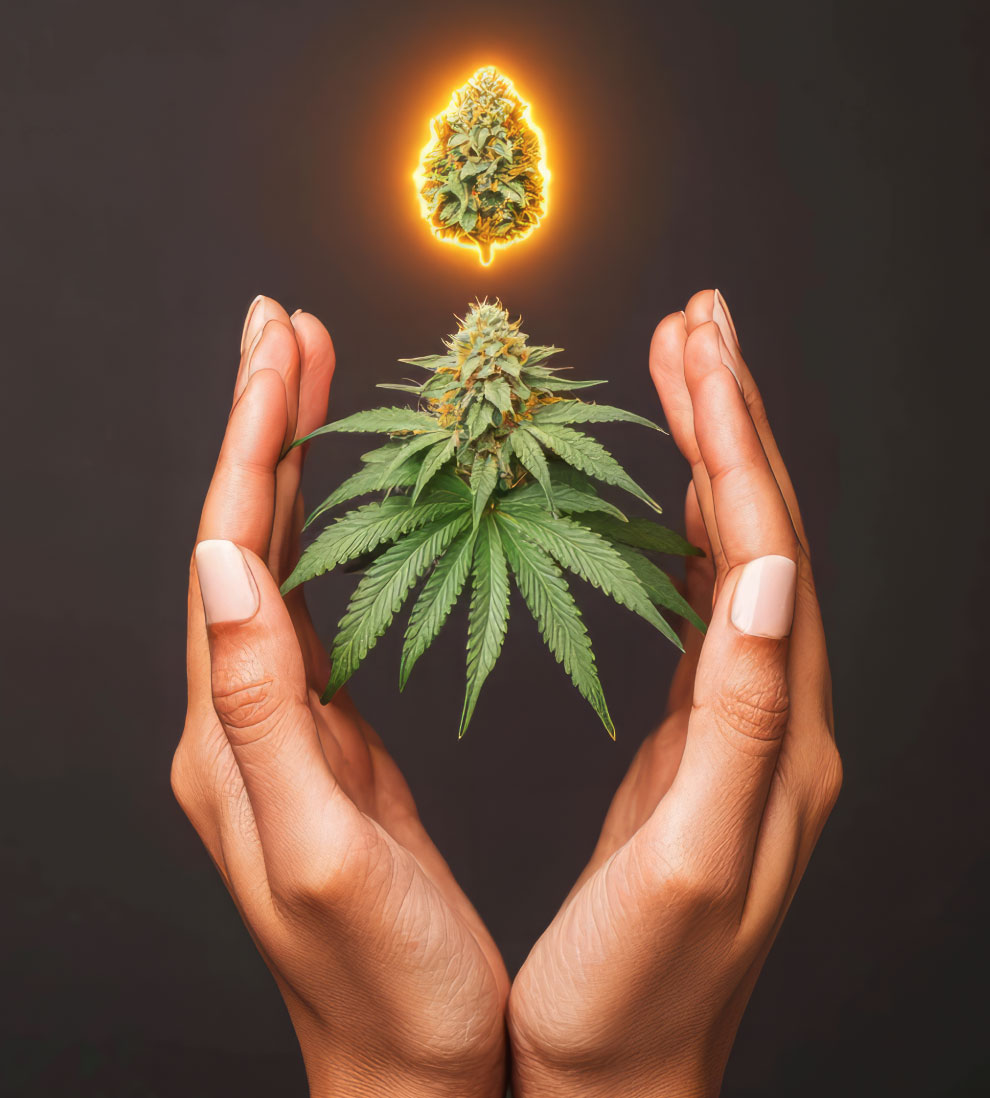Cannabis has become easier to get and more accepted over the past few years as it has become more legalized and its possible medical benefits have been recognized. When people use weed for medical or social reasons, one of the hardest things they forget to think about is how much they should use.
There is a certain amount of weed that you should take if you are new to it or want to improve the way you use it. This blog post will explain what “dosing” weed means, why it’s important, and how to find the right amount for you.
What is a Cannabis Dose?
A cannabis dose refers to the amount of cannabis or its active compounds-mainly THC (tetrahydrocannabinol) and CBD (cannabidiol)-that you consume at one time. Dosing can vary widely depending on the product type, your body chemistry, and your desired effects.
Different products contain different levels of THC and CBD. For example:
- THC is the psychoactive compound that produces the “high.”
- CBD is non-psychoactive and is often used for its therapeutic benefits.
Understanding the balance between these compounds helps in finding the right dose.
Why Dosing Matters
Getting the dosage right is essential for several reasons:
- Safety
Too much THC can lead to uncomfortable side effects like anxiety, paranoia, dizziness, and nausea. On the other hand, too little might not provide the relief or experience you’re seeking.
- Effectiveness
Each person reacts differently to cannabis. What works for one person might not work for another. An appropriate dose maximizes benefits and minimizes side effects.
- Cost-Effectiveness
Over-consuming cannabis is not just uncomfortable-it can also be a waste of money. Finding the optimal dose ensures you’re not spending more than necessary.
Factors That Influence Your Cannabis Dose
- Body Weight and Metabolism
Just like with alcohol, your weight and metabolic rate can influence how cannabis affects you. Generally, people with higher body mass may need a slightly higher dose.
2. Tolerance
Frequent users may develop a tolerance to THC, requiring higher doses to achieve the same effect. Conversely, new or occasional users should start with much lower doses.
3. Method of Consumption
The way you consume cannabis dramatically changes how it affects you:
- Inhalation (smoking or vaping): Effects are felt within minutes and peak in about 30 minutes.
- Edibles: These take longer to kick in (30 minutes to 2 hours), but the effects can be stronger and last much longer.
- Tinctures and oils: Absorbed sublingually, they take effect in 15–45 minutes.
- Topicals: These are usually used for localized relief and do not produce a high.
4. Purpose of Use
Are you using cannabis to relax, manage anxiety, help with sleep, or relieve chronic pain? Your goal will impact your ideal dosage.
Understanding THC and CBD Content
Cannabis products come labeled with the amount of THC and CBD per serving. For example:
- Edibles might be labeled as having 10 mg of THC per piece.
- Tinctures may list THC or CBD content per milliliter (e.g., 5 mg/mL).
- Flower or bud often indicates THC percentage by weight (e.g., 20% THC).
General Guidelines for THC Dosing
When it comes to THC, dosage can significantly impact your experience. For first-time users or those interested in microdosing, a very small amount-between 1 to 2.5 milligrams-is usually ideal. At this level, users often experience very mild relief from symptoms and a subtle uplift in mood without feeling noticeably high. It’s a great starting point for people who are cautious or new to cannabis.
Moving slightly up the scale, 2.5 to 5 milligrams of THC is typically considered a low dose but strong enough to produce mild euphoria and a sense of relaxation. This range works well for occasional users who are comfortable with THC’s effects and want a balanced, manageable high without intense intoxication.
For regular users who have developed some tolerance, a moderate dose of 5 to 10 milligrams may be more appropriate. At this level, effects are more noticeable, often resulting in a stronger sense of euphoria, deeper relaxation, and possible cognitive or motor impairment. It’s important to be cautious in this range, especially when engaging in activities that require full attention, like driving.
Those with more experience might opt for a 10 to 20 milligram dose, which leads to intense euphoria and significant psychoactive effects. This level of dosing is best suited for seasoned cannabis consumers who are familiar with how THC affects them and who are using it in a controlled, safe environment.
Finally, doses exceeding 20 milligrams of THC are generally only recommended for high-tolerance users. These users may require stronger doses to achieve therapeutic benefits or desired effects. However, this range also carries a greater risk of side effects, such as anxiety, paranoia, and dizziness, particularly in those who are unaccustomed to such high levels of THC.
Microdosing: Less is Sometimes More
Microdosing involves taking very small amounts of cannabis-often as little as 1 to 2.5 mg of THC or CBD. This technique is popular for people who want the therapeutic benefits of cannabis without the psychoactive effects.
Benefits of microdosing include:
- Increased focus
- Reduced anxiety
- Better mood
- Pain relief without impairment
It’s especially popular among professionals and those who use cannabis during the day.
How to Find Your Ideal Dose
1. Start Low and Go Slow
This is the golden rule. Especially with edibles or new products, always start with a low dose (2.5–5 mg THC or CBD), then wait to see how it affects you.
2. Be Patient
Edibles and tinctures take time to work. Don’t take another dose too soon, or you might overdo it.
3. Track Your Experience
Keep a journal or notes on:
- How much you took
- What product you used
- How you felt (positive and negative effects)
- Duration of effects
This data will help you fine-tune your dose over time.
What to Do If You Overdose on Cannabis
While cannabis overdose isn’t fatal, it can be very unpleasant. Symptoms include:
- Anxiety or panic attacks
- Paranoia
- Nausea or vomiting
- Confusion
- Increased heart rate
Tips to Feel Better
- Stay calm: Remind yourself the effects will wear off.
- Hydrate: Drink water to stay comfortable.
- CBD: A few drops of CBD can counteract THC’s psychoactive effects.
- Black peppercorns: Chewing these has been known to ease anxiety from too much THC.
- Rest: Lay down in a calm environment with minimal stimulation.
Conclusion
Cannabis dosing is not one-size-fits-all. It requires a bit of trial and error, mindfulness, and patience. The key is to start with small doses, monitor how you feel, and adjust gradually. Whether you’re looking for relief, relaxation, or recreation, the right dose can make all the difference in your cannabis experience.

